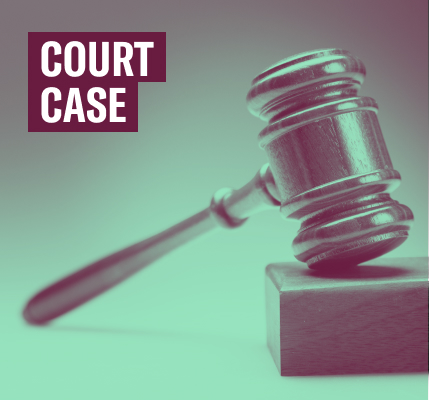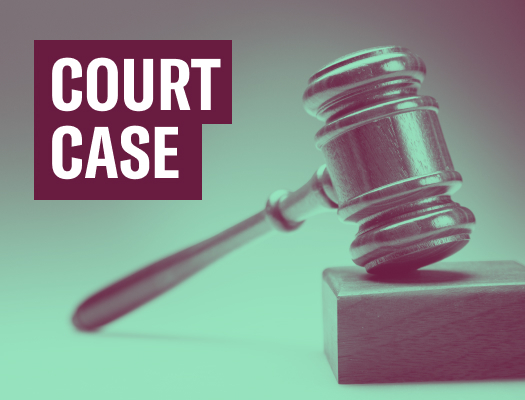Anyone imprisoned in the United States as of April 1 will remain behind bars for the next decade — at least as far as the U.S. Census is concerned.
Even if their sentence ends today, the census still counts them as residents of the town or city where they were imprisoned on April 1 — not as residents of the communities where they lived before going to prison and to which they are most likely to return.
This practice turns incarcerated people, who in most cases cannot vote, into phantom voters. It also falsely inflates the political power of districts with prisons while undercutting districts with larger voting populations: what advocates call "prison-based gerrymandering." With 2.3 million people incarcerated in the United States, this practice often dramatically affects the balance of political power in a given state.
Some states, including New York, are considering legislation that would count incarcerated people as residents of their home communities for redistricting purposes.
Perhaps by 2020, the federal government will affirm its commitment to one person, one vote, and finally recognize that a prison cell is not a residence. Until then, state legislatures must do what they can to correct the count.



